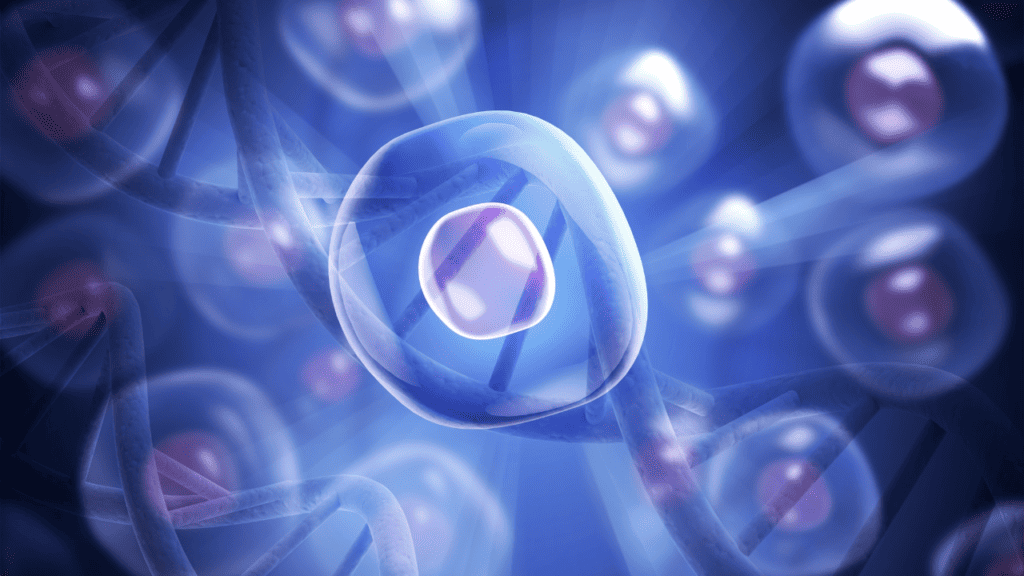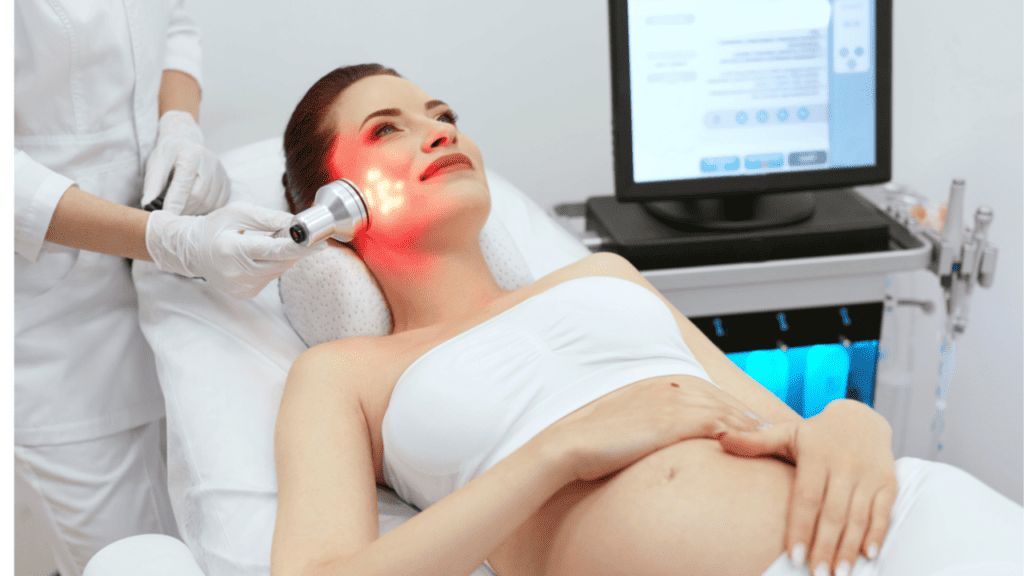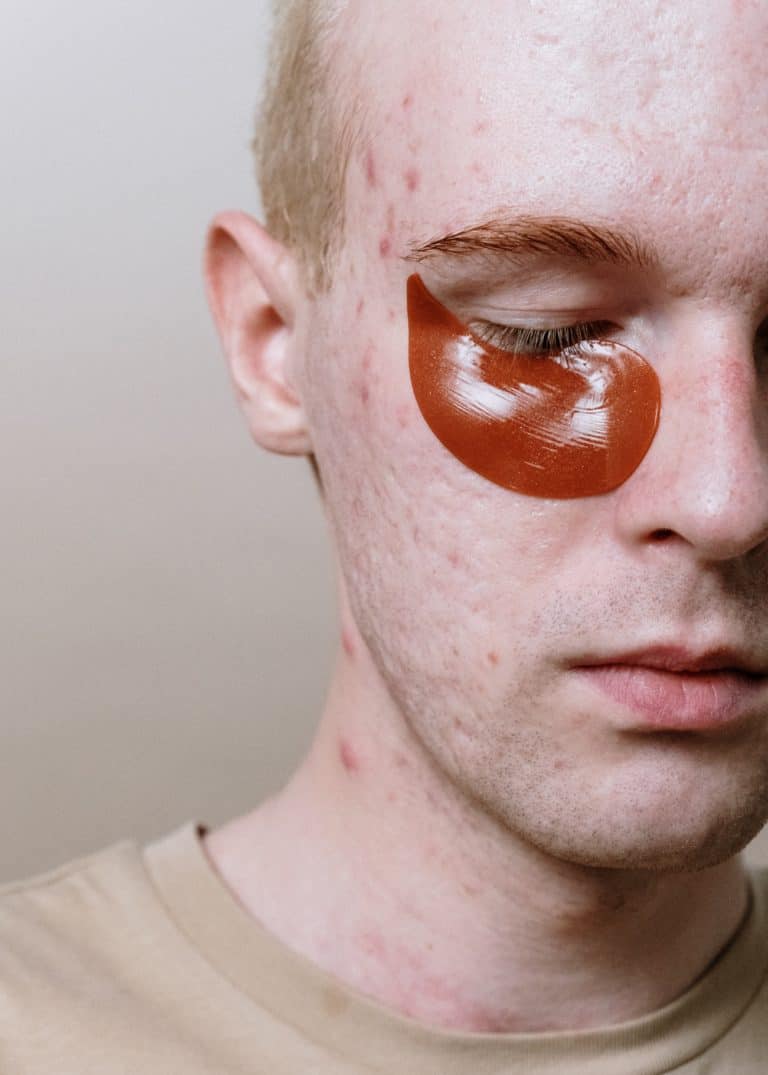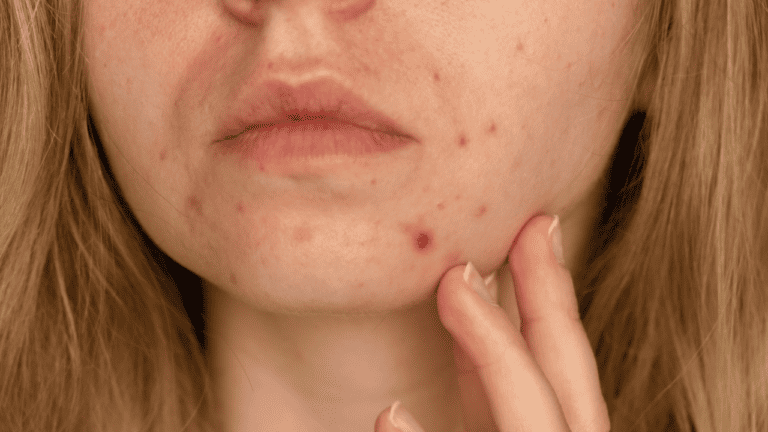If you’re curious about this innovative health and wellness technique, you’re in the right place. Red Light Therapy, a simple yet profound treatment, harnesses the power of specific light wavelengths to promote healing and rejuvenation. This guide is designed to introduce beginners to the basics of red light therapy, demystifying the science behind it and exploring its myriad benefits.
Key Takeaways
- Red Light Therapy offers diverse health benefits, including skin rejuvenation, pain relief, and muscle recovery.
- Specific wavelengths (630-680 nm and 800-880 nm) are crucial for the effectiveness of Red Light Therapy.
- Red Light Therapy is accessible, safe for home use, and generally has minimal side effects, making it a viable option for various health and wellness routines.
What is Red Light Therapy?

Defining Red Light Therapy
Red Light Therapy is a therapeutic technique that uses red low-level wavelengths of light to treat skin issues, such as wrinkles, scars, and persistent wounds, among other conditions. Initially developed to aid plant growth in space missions, scientists soon discovered its potential to treat muscle atrophy and slow wound healing experienced by astronauts.
Historical Background
The roots of Red Light Therapy go back to the 1960s when it was first used by NASA. Over the years, technological advancements have made this therapy accessible outside of space agencies. Today, it’s a popular treatment found in medical offices, spas, and even for home use.
Common Uses and Benefits
Red Light Therapy has gained acclaim for its non-invasive nature and broad range of benefits. It is primarily known for its ability to rejuvenate skin, but its applications extend to treating muscle fatigue, chronic pain, and even improving mental health.
Understanding Wavelengths in Light Therapy

What are Wavelengths?
At its core, Red Light Therapy is about using specific wavelengths of light. But what exactly are wavelengths? They’re essentially the distance between successive peaks of a wave, in this case, light waves. Different wavelengths of light have different properties and can penetrate biological tissues to varying depths.
Significance in Light Therapy
In Red Light Therapy, wavelengths within the red to near-infrared light spectrum, typically from 630 to 880 nanometers, are used. These specific wavelengths are believed to be optimal for promoting skin health and deeper tissue healing.
Red Light vs. Other Wavelengths
Red light wavelengths differ significantly from other forms, like ultraviolet or blue light. Unlike UV light, which can damage the skin, red light is gentle and beneficial.
- Read More: Fundamentals Of Red Light Therapy For Skin Health
- Read More: The Ultimate Guide To Red Light Therapy For Skincare: Unlock Radiant, Youthful Skin
The Science Behind Red Light Therapy

Cellular-Level Impact
Red light therapy works by emitting a specific wavelength that penetrates the skin’s surface. This light is absorbed by mitochondria, the powerhouses of our cells, which stimulates a process called photobiomodulation. This process leads to increased production of adenosine triphosphate (ATP), enhancing cellular energy and promoting healing.
Scientific Evidence
Numerous studies highlight Red Light Therapy’s effectiveness. For instance, research indicates significant improvements in skin complexion and collagen density, thanks to Red Light Therapy. Other studies show its efficacy in muscle recovery and pain management.
Biological Effects
The effects of Red Light Therapy extend beyond skin health. It’s known to reduce inflammation, aid in muscle recovery, and even assist in neuroprotective capacities, which can be beneficial for cognitive health.
Benefits of Red Light Therapy

Skin Health and Rejuvenation
Red Light Therapy is celebrated for its skin rejuvenation properties. Regular use can lead to reduced wrinkles, healing of acne scars, and overall improved skin complexion.
Pain Relief and Inflammation
For those suffering from chronic pain or inflammation, Red Light Therapy offers a non-pharmacological option. It’s been shown to alleviate joint pain, reduce inflammation in conditions like arthritis, and even help in the healing process post-injury.
Muscle Recovery and Performance
Athletes and fitness enthusiasts often use Red Light Therapy for muscle recovery. It accelerates the healing process, reducing muscle fatigue and soreness after intense physical activities.
Mental Health Benefits
Emerging research suggests Red Light Therapy could have mood-enhancing effects, potentially aiding in treating conditions like Seasonal Affective Disorder (SAD). Improved sleep quality is another noted benefit.
How to Get Started with Red Light Therapy
Choosing the Right Device
When selecting an Red Light Therapy device, consider factors like wavelength range, power output, and treatment area size. Look for devices with specific wavelengths between 630-680 nm and 800-880 nm for optimal results.
Guidelines for Use
Start with shorter sessions, about 10-15 minutes, gradually increasing as needed. Consistency is key, with most recommendations suggesting usage several times a week.
Tips for Beginners
Beginners should start with lower intensity and increase gradually. Always follow manufacturer guidelines and consult with a healthcare professional if you have specific health concerns.
Potential Side Effects and Precautions

Common Side Effects
While Red Light Therapy is generally safe, some may experience temporary redness or irritability in the treatment area. These effects are usually mild and short-lived.
Who Should Avoid Red Light Therapy
Those with specific photosensitive conditions or on medication that increases light sensitivity should consult a doctor before starting Red Light Therapy.
Safety Precautions
Never look directly into the light source and consider wearing eye protection, especially for devices emitting near-infrared light.
Integrating Red Light Therapy into Your Wellness Routine

Combining with Other Practices
Red Light Therapy can be integrated with other wellness routines like yoga and meditation for an all-encompassing approach to health.
Lifestyle Tips
Maximize benefits by maintaining a healthy lifestyle, including a balanced diet, adequate hydration, and regular exercise.
Personal Stories
Sharing experiences from individuals who have incorporated Red Light Therapy into their lives can provide real-life insights into its benefits.
Conclusion
Red Light Therapy is a promising field with a multitude of health benefits. Its non-invasive nature makes it an appealing option for those looking for alternative health treatments. As with any therapy, it’s important to approach Red Light Therapy with an informed perspective and consult healthcare professionals when necessary.
Frequently Asked Questions
How often should I use Red Light Therapy for the best results?
The frequency of Red Light Therapy sessions can vary depending on the device and the condition being treated. Generally, it’s recommended to start with shorter sessions (10-15 minutes) several times a week, gradually increasing the duration as needed.
Can Red Light Therapy be used for all skin types?
Yes, Red Light Therapy is suitable for all skin types. It’s a gentle treatment with minimal risk of skin damage. However, individuals with specific skin conditions or sensitivities should consult a dermatologist before starting Red Light Therapy.
Are there any long-term side effects of using Red Light Therapy?
Currently, there are no known severe long-term side effects of Red Light Therapy when used correctly. It’s considered a safe treatment with only temporary and mild side effects reported, such as redness or irritability in the treated area. However, ongoing research is necessary to fully understand the long-term implications, if any.






